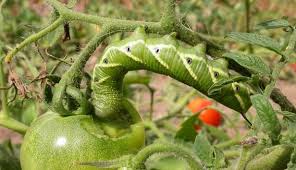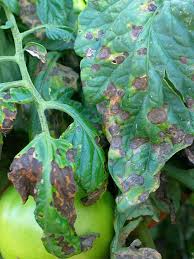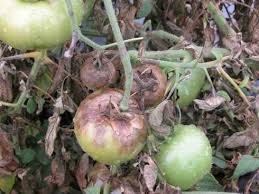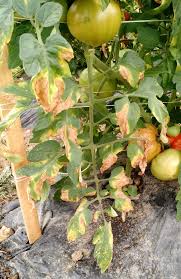By Joseph Mugenyi
Today we shall look at tomato growing in Uganda. Tomatoes need an open clean garden in order to easily get sunlight and to avoid pests.
Species mostly grown in Uganda include; Rodade,Tengeru 97,Rio-grande/vikim, Bingwa etc
Rodade:They take 14-16 weeks to be harvested. They grow big but soft. They last for 2-3 day’s when very ripe and most traders don’t deal in them. They are very juicy and most hotels like them. The harvesting is done for 4-5 weeks. They are not highly affected by too much sunshine. Farmers like them because they easily fill up the crates where they are sold from due to the size.

Tengeru 97: It takes 4 months to be harvested. It grows very tall sometimes exceeds 5ft. It’s hardly affected by sunshine so they can be planted in a dry season. It’s harder and lasts longer compared to Rodade. They are smaller in size compared to Rodade. They are harvested for 4 -5 weeks.
Rio grande Its locally known as Vikiima, It grows fast, Lasts longer after being harvested,, has higher market, Harvesting period is 3-4 weeks, Produces many fruits. Mostly affected by too much sunshine. Contain little juice inside, Mostly sold in urban centres.
Bingwa and money maker: Bingwa is mostly grown in Kenya but also some farmers in uganda have started growing it. They almost have similar features. Take 3 months to mature
Yield more fruits compared to the rest. Grow fast. Have high market. All the species above need care and proper management.
How To Plant Tomatoes:
Plant one tomato per hole and distance them at least 2-3feet to each other. In sunshine period, you plant using water.
It’s advisable to transplant in the evening. Tomato growth is proportional to the care. After transplanting, tomatoes take 3-4 months to be harvested depending on the variety. Harvesting can be done weekly for 3-5 weeks depending on the tomato variety.

Pests And Diseases: You can mulch the garden to control pests and it also helps preserve some water in the soil.
During growth, tomatoes are greatly affected by fungi and insects.
Fungi: These are tiny organisms we can’t see with our naked eyes and mostly attack inner parts of a tomato plant. They easily reproduce and multiply in rainy season.
The following are fungal diseases; Blight,Fusarium and Anthracnose.
These show the following signs; Leaves turn yellow, Circular brown spots that enlarge with time leading to defoliation,Wilting,Ripening of premature fruits,Dropping of Folliage (leaves)
Treatment: Apply preventive fungicides like mancozeb before it’s infected.
Apply systemic and curative fungicides immediately when you see the above signs e.g. fangocil, master 72, Victory,harvestor , harvestor XL rodimil, kingmil etc
- For Fusarium (kuhotoka)in tomatoes, you are advised to either use resistant varieties or uproot the infected tomato.he external parts of a tomato plant and are visible. Most insects that attack tomatoes include;
Caterpillars,Aphids,Beetles,Nematodes


5.Cut worms etc
Tomatoes are not like other crops where you can rely on the cultural control methods like crop rotation, mulching etc because they are attacked by various insects at different levels. So you need to go for chemical control whereby you use insecticides. Insects multiply rapidly in dry season than in rain. According to tomato growers, different insects attack tomatoes on different levels.
Let’s consider an average farmer.
When on nursery bed we use Fenos up to flowering level or sometimes Dudu acelemectin. After flowering you can continue using Dudu acelemectin up to harvesting period. At this level fenos usage dries the flowers. Sometimes acelemectin is added to nimbercidine to kill a variety of folliage pests. While spraying also consider the lower parts of the leaves where insects hide. Insecticides are both systemic (kill insects inside the plant) and contact (kill insects outside the plant especially on leaves and stem). You can also reduce on insects that attack tomatoes by;
Regular weeding, cutting off excess lower leaves, etc Apply the correct dosage for positive results. Overdose wilts the tomato crop and ‘
under dosage causes pest resurgence (pests `will resurrect’ and keep in a garden for every season).
Get all the agricultural information here bi-weekly.
Mugenyi Joseph (MJ Farmer) is a practicing Agribusiness entrepreneur based in Kibiito and a software Engineering student at Makerere University. He can be reached on 0701-443309, Email:mugenyijosemj@gmail.com




